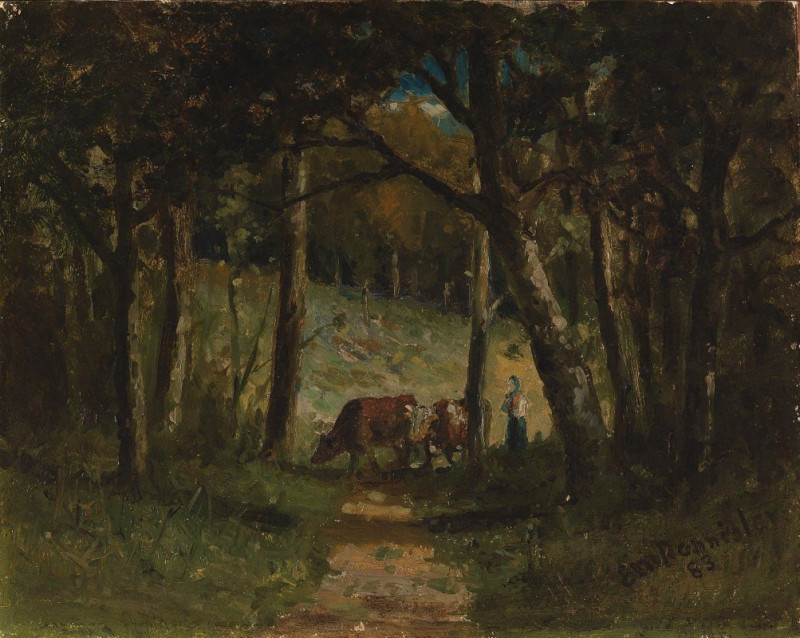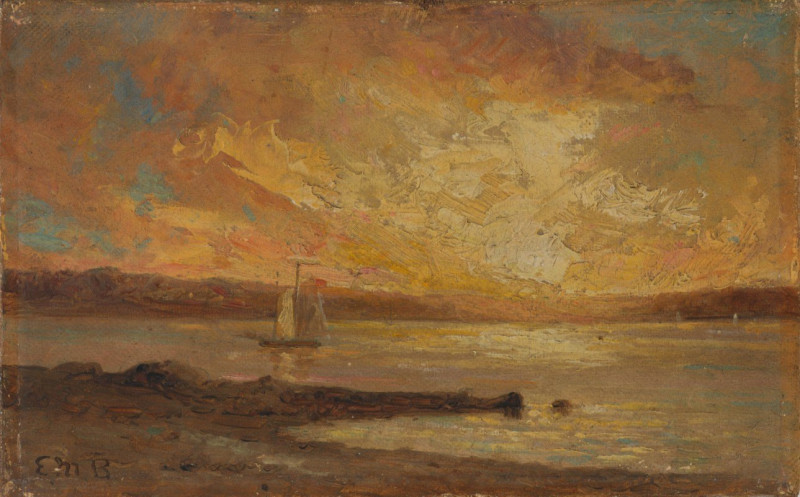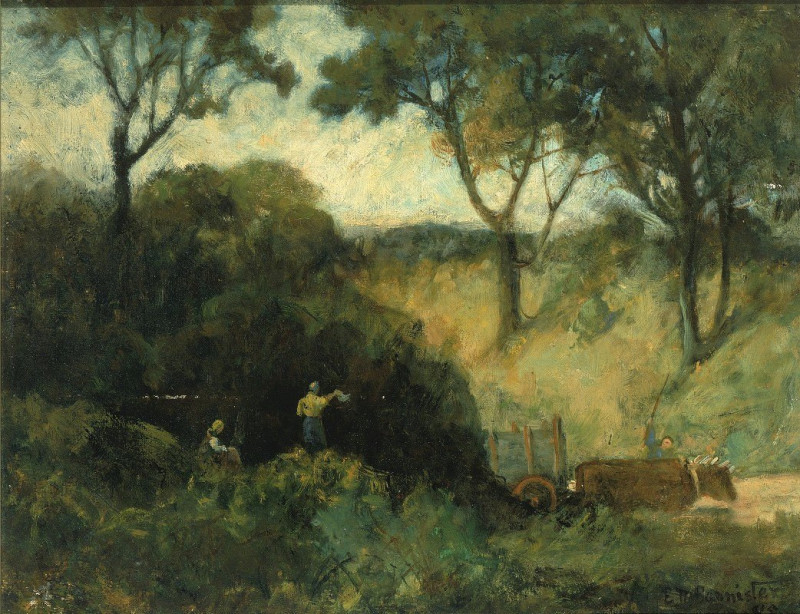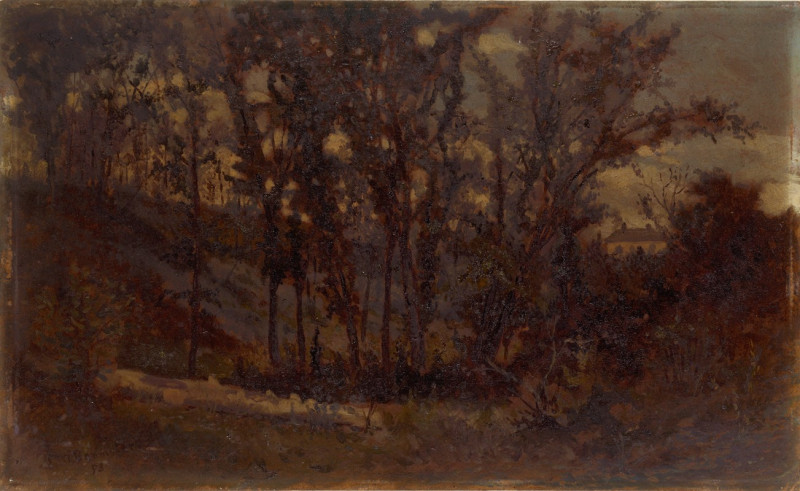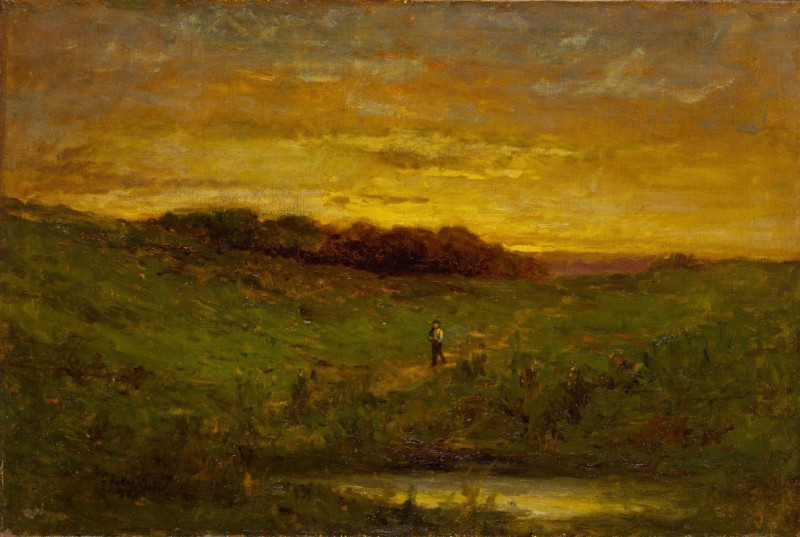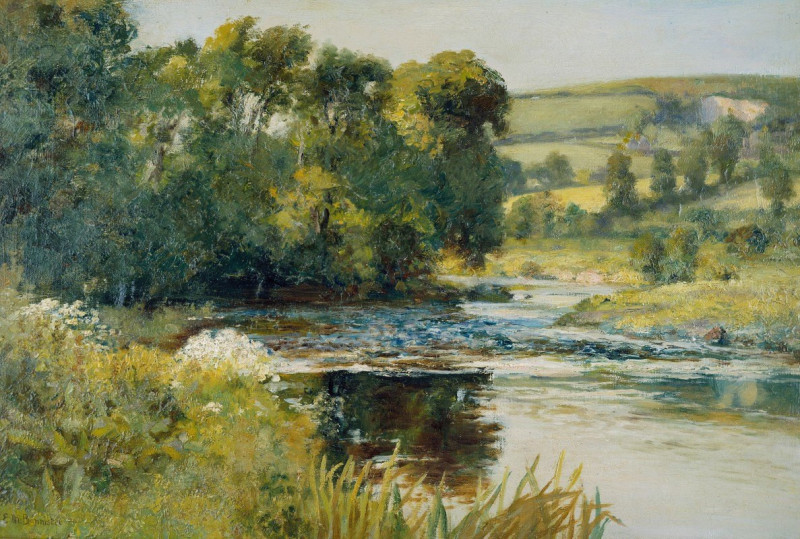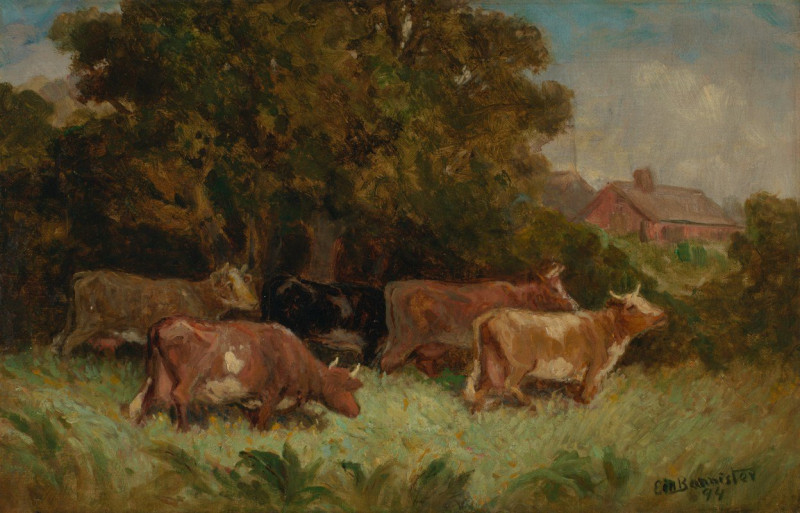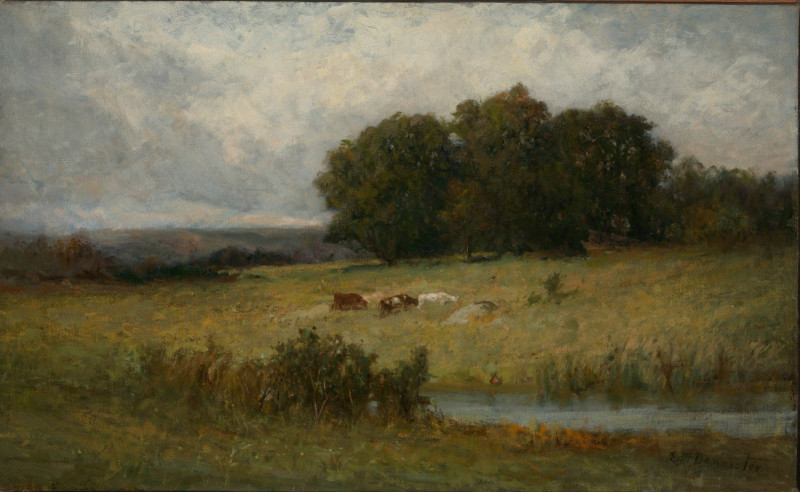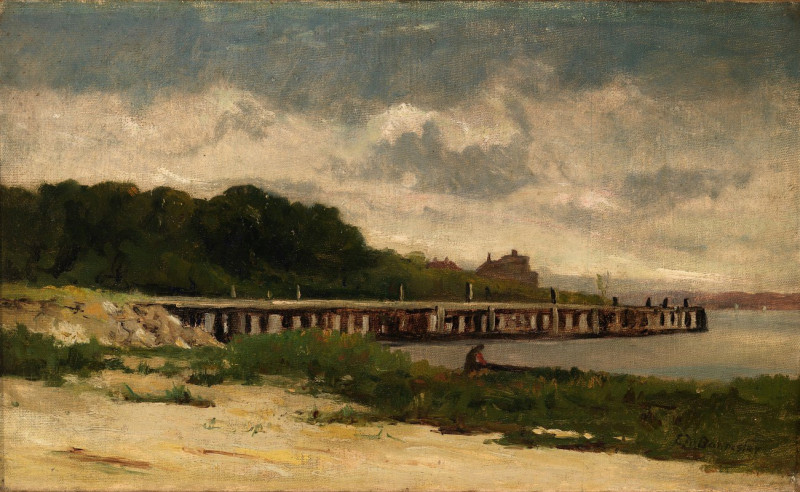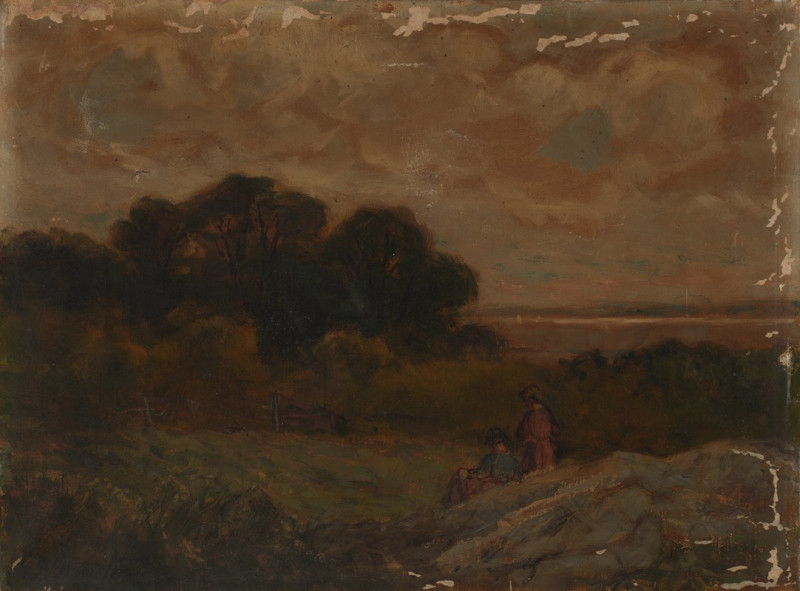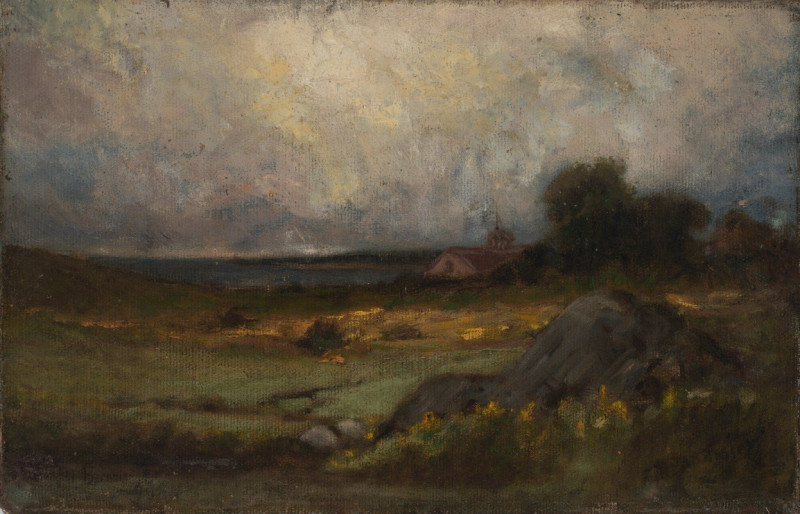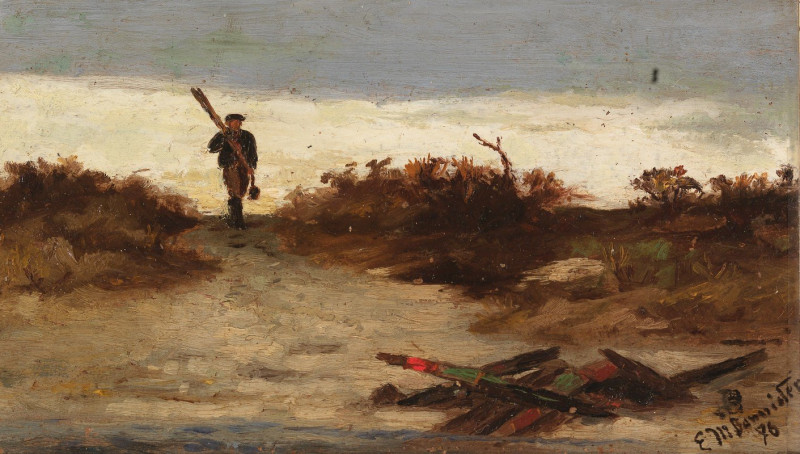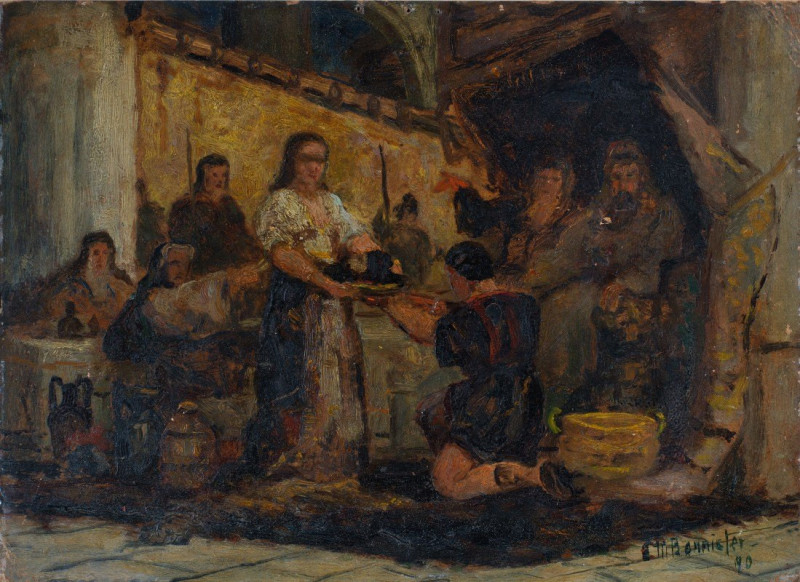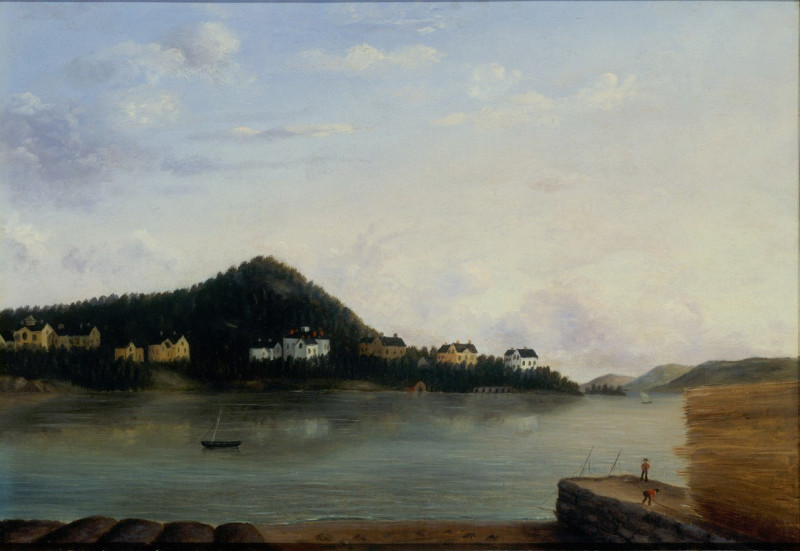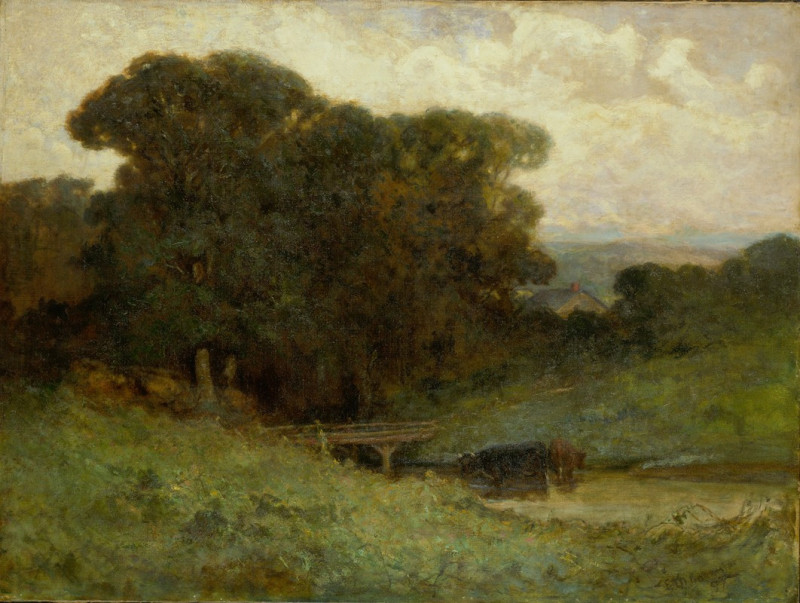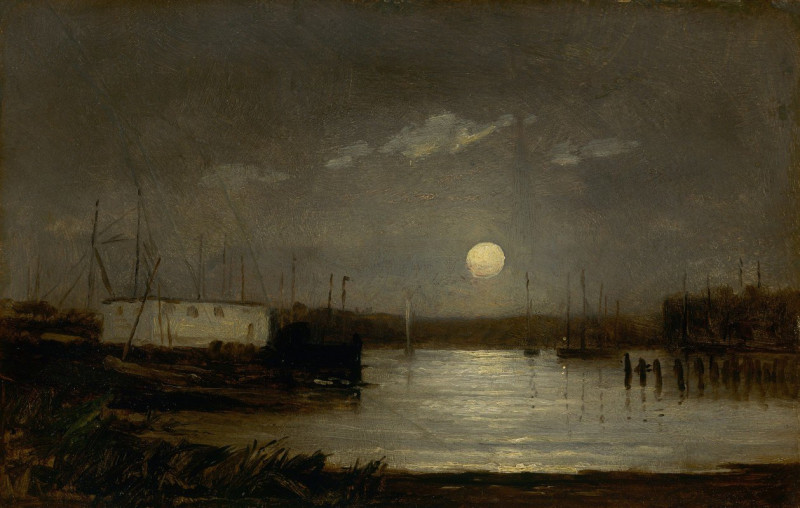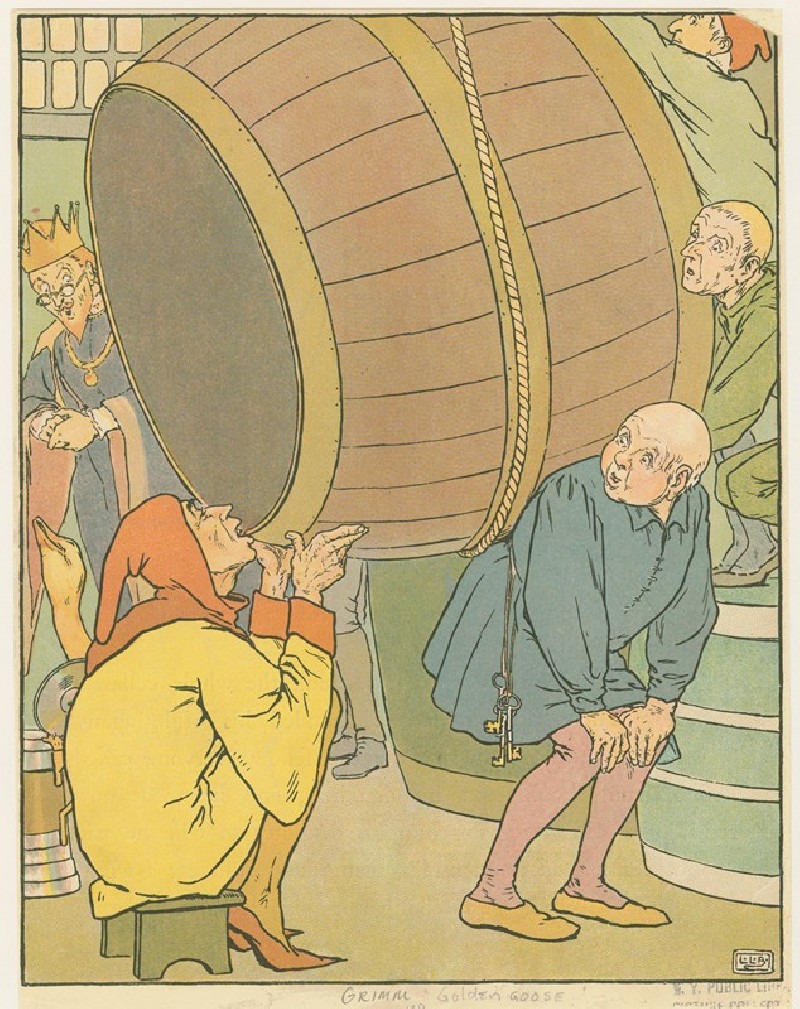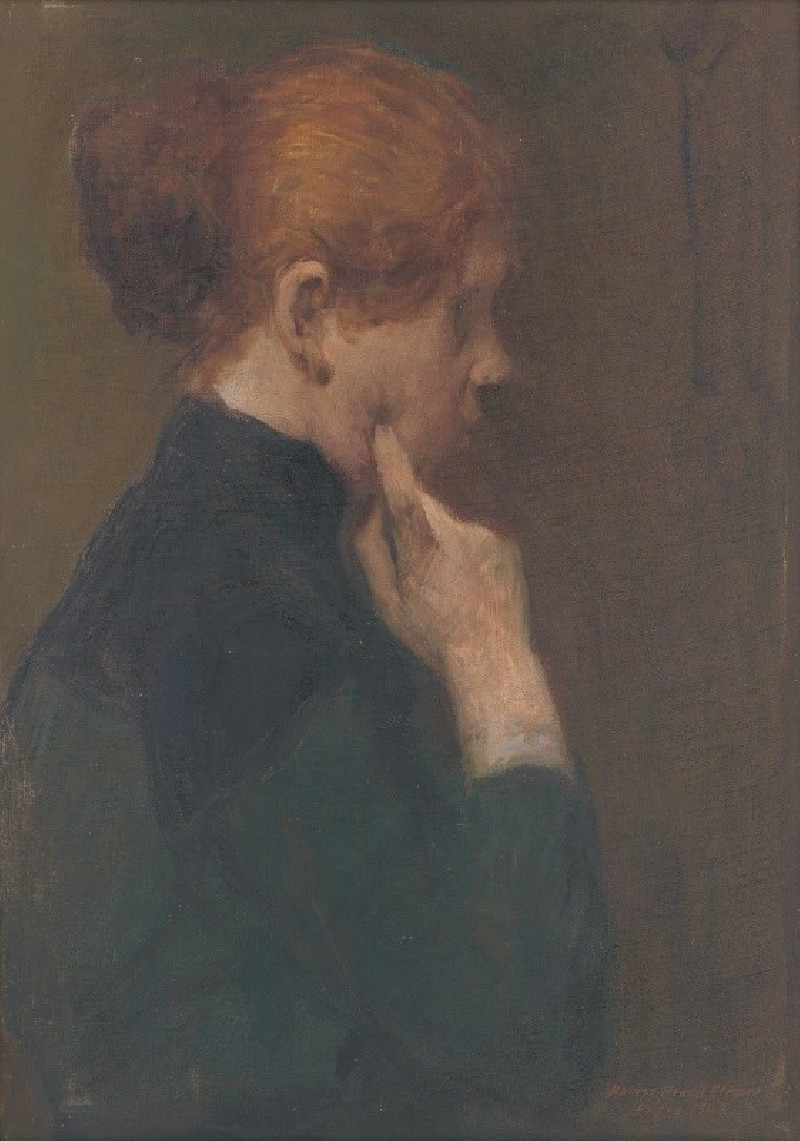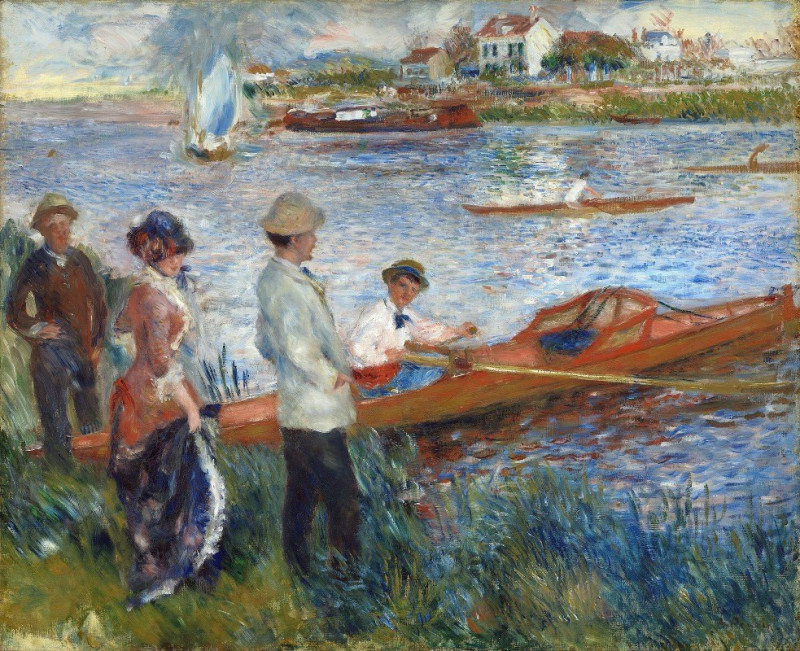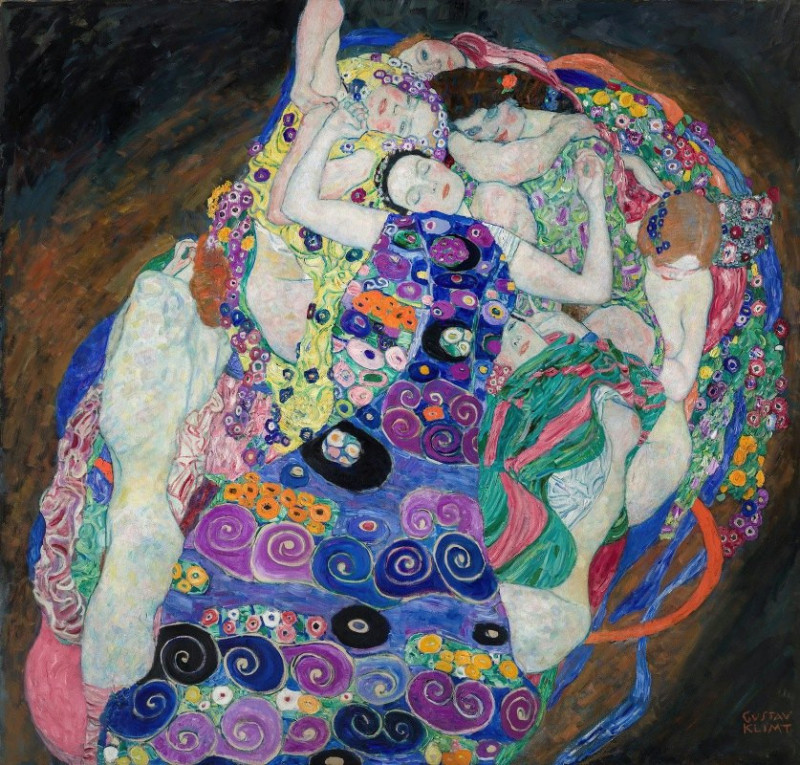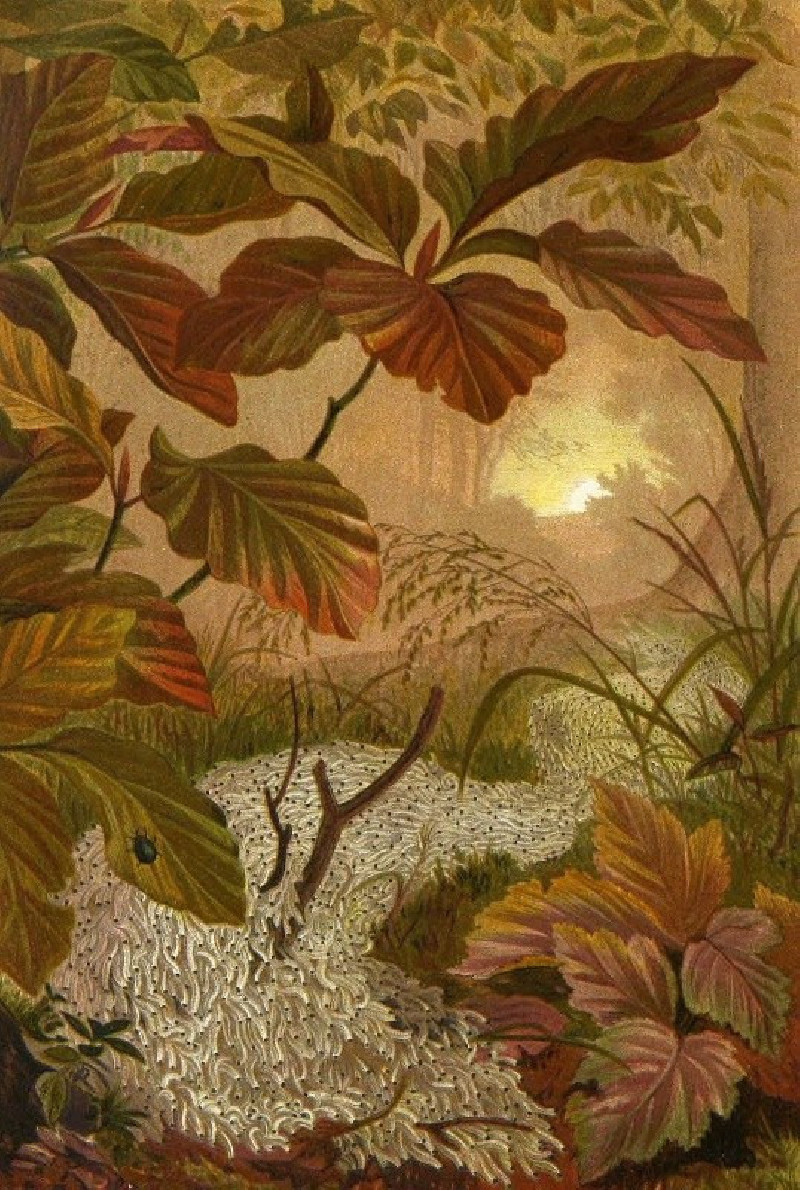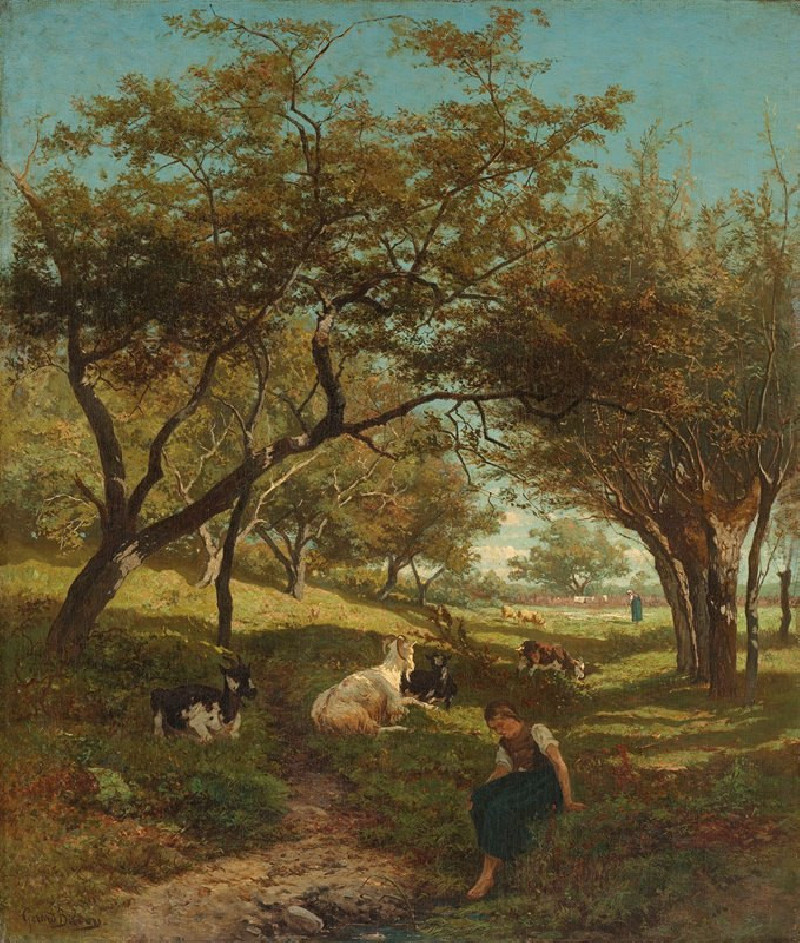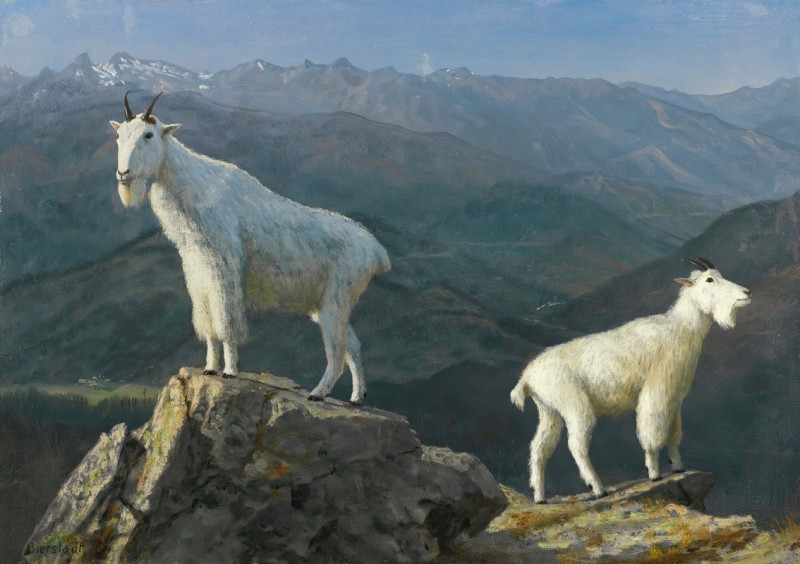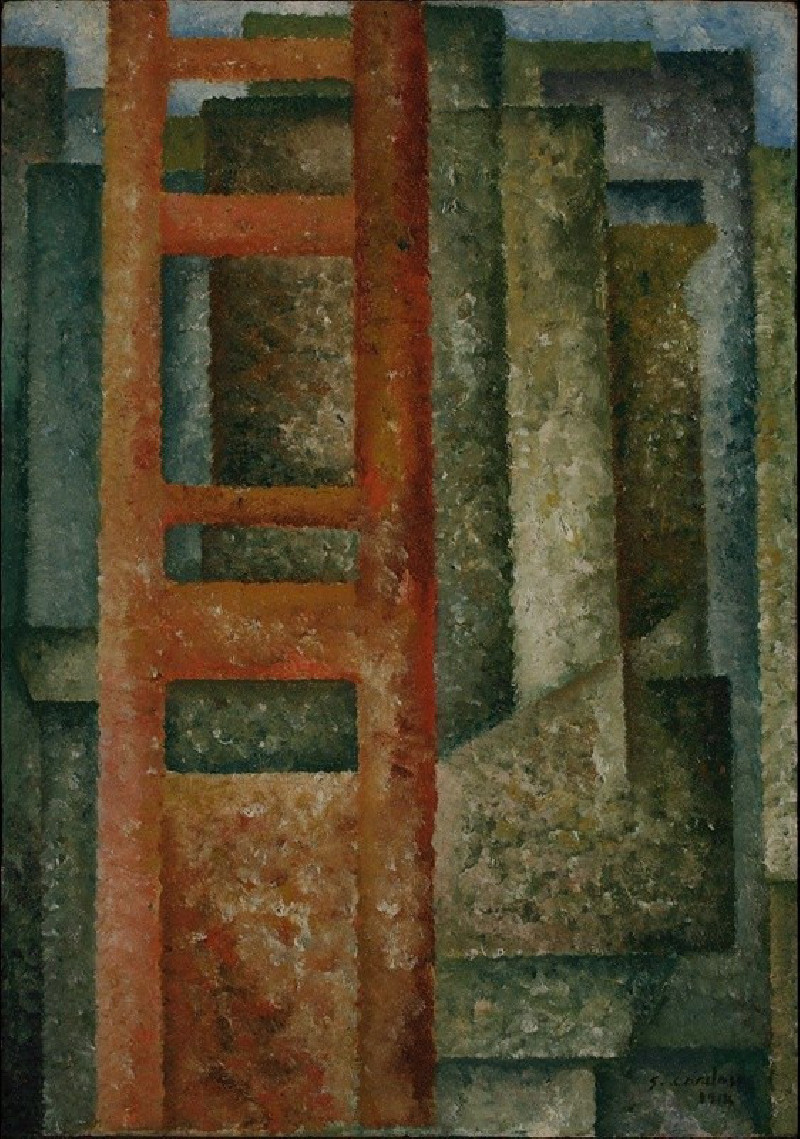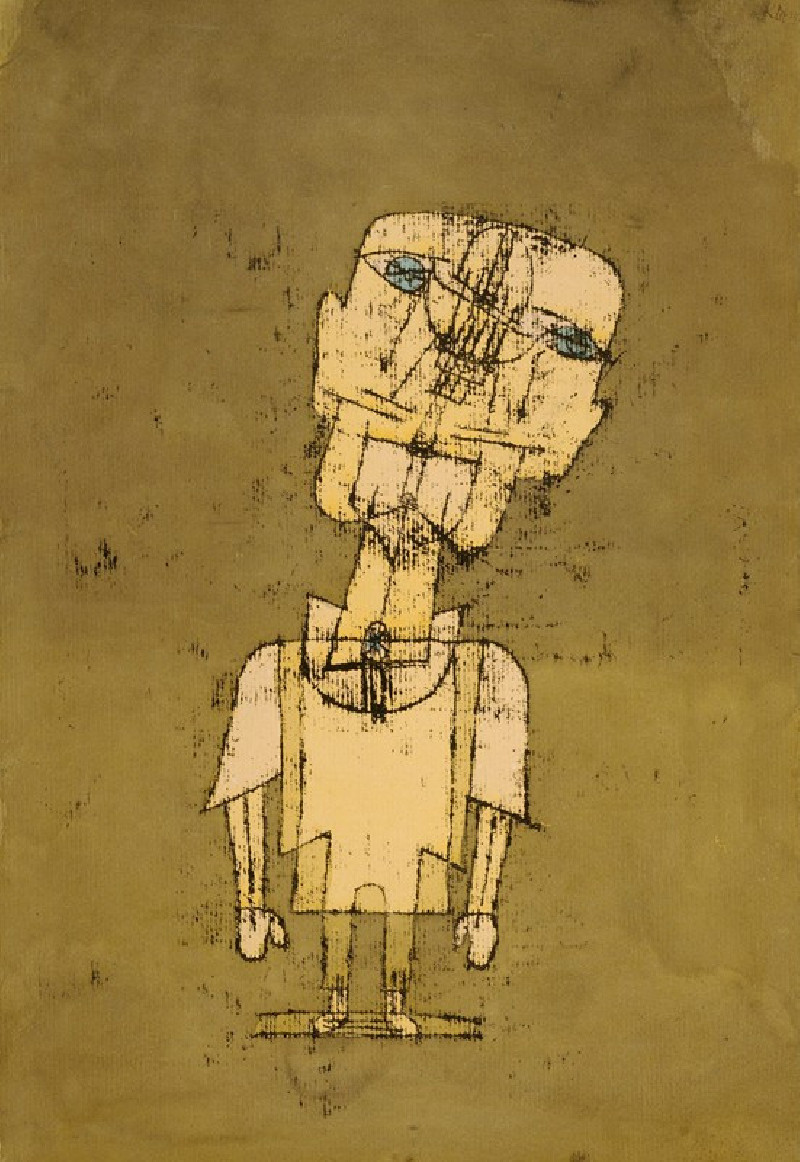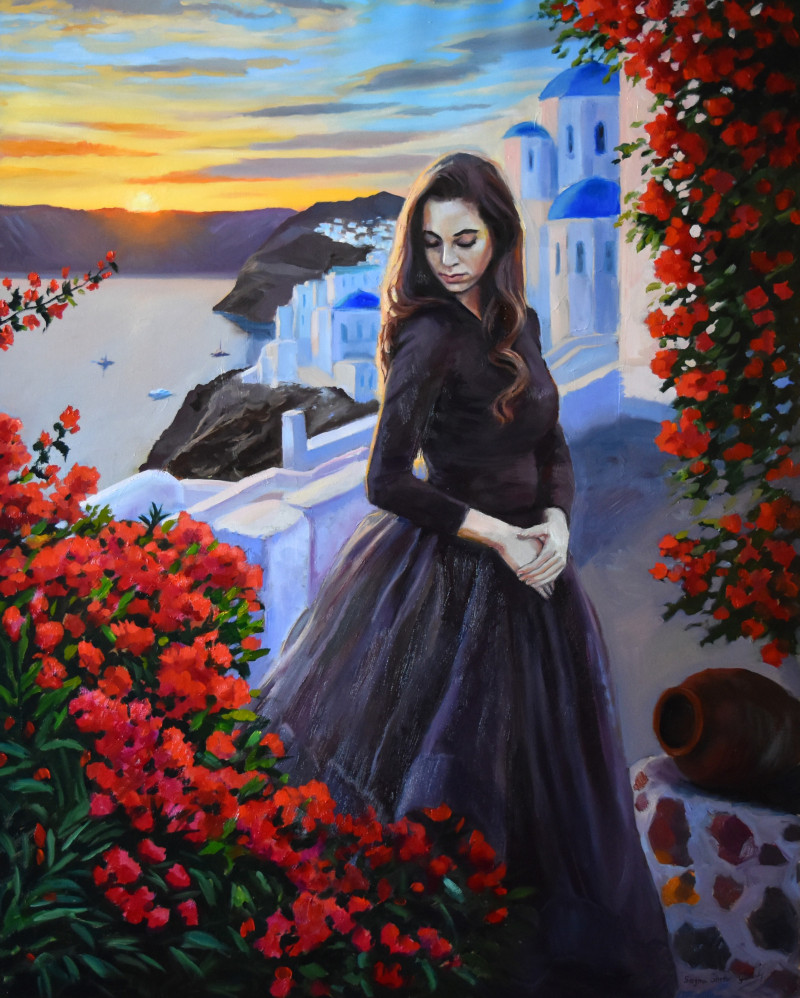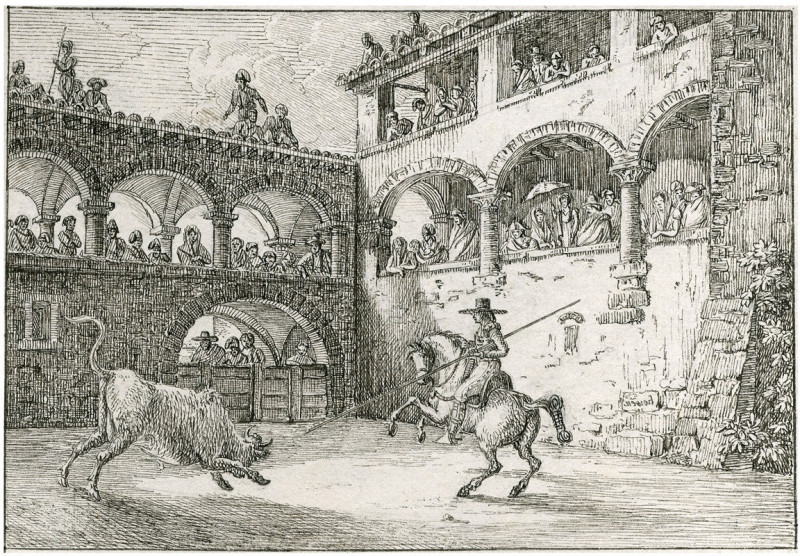St. Luke (ca. 1869-1873)
Technique: Giclée quality print
Recommended by our customers
More about this artwork
Edward Mitchell Bannister’s striking portrait "St. Luke" is a masterful representation of the revered saint, believed to have been created between 1869 and 1873. Renowned for his significant contributions to painting during the 19th century, Bannister infuses this artwork with profound depth and emotion.In "St. Luke," Bannister presents a contemplative and venerable figure, whose penetrating gaze and somber expression suggest a moment of deep introspection or divine inspiration. The painting captures St. Luke with a distinctive beard and an intense look, possibly reflecting on his responsibilities as both an apostle and the traditionally attributed author of the Third Gospel and Acts of the Apostles in the New Testament.The use of light and shadow in this painting is particularly evocative, focusing on the textured depths of St. Luke's weary face and flowing beard, which shines with a golden hue against the darker, subdued background. Bannister's skillful brushwork enhances the tactile quality of the saint's wrinkled skin and soft, wispy beard, creating a lifelike presence that engages viewers directly."St. Luke" not only underscores Bannister’s mastery of emotional and religious themes but also his dedication to portraying figures with dignity and reverence. This painting invites viewers to reflect on the spiritual and introspective life of St. Luke, making it a compelling piece for both art lovers and scholars alike.
Delivery
Returns
Edward Mitchell Bannister (November 2, 1828 – January 9, 1901) was an oil painter of the American Barbizon school. Born in Canada, he spent his adult life in New England in the United States. There, along with his wife Christiana Carteaux Bannister, he was a prominent member of African-American cultural and political communities, such as the Boston abolition movement. Bannister received national recognition after he won a first prize in painting at the 1876 Philadelphia Centennial Exhibition. He was also a founding member of the Providence Art Club and the Rhode Island School of Design.


